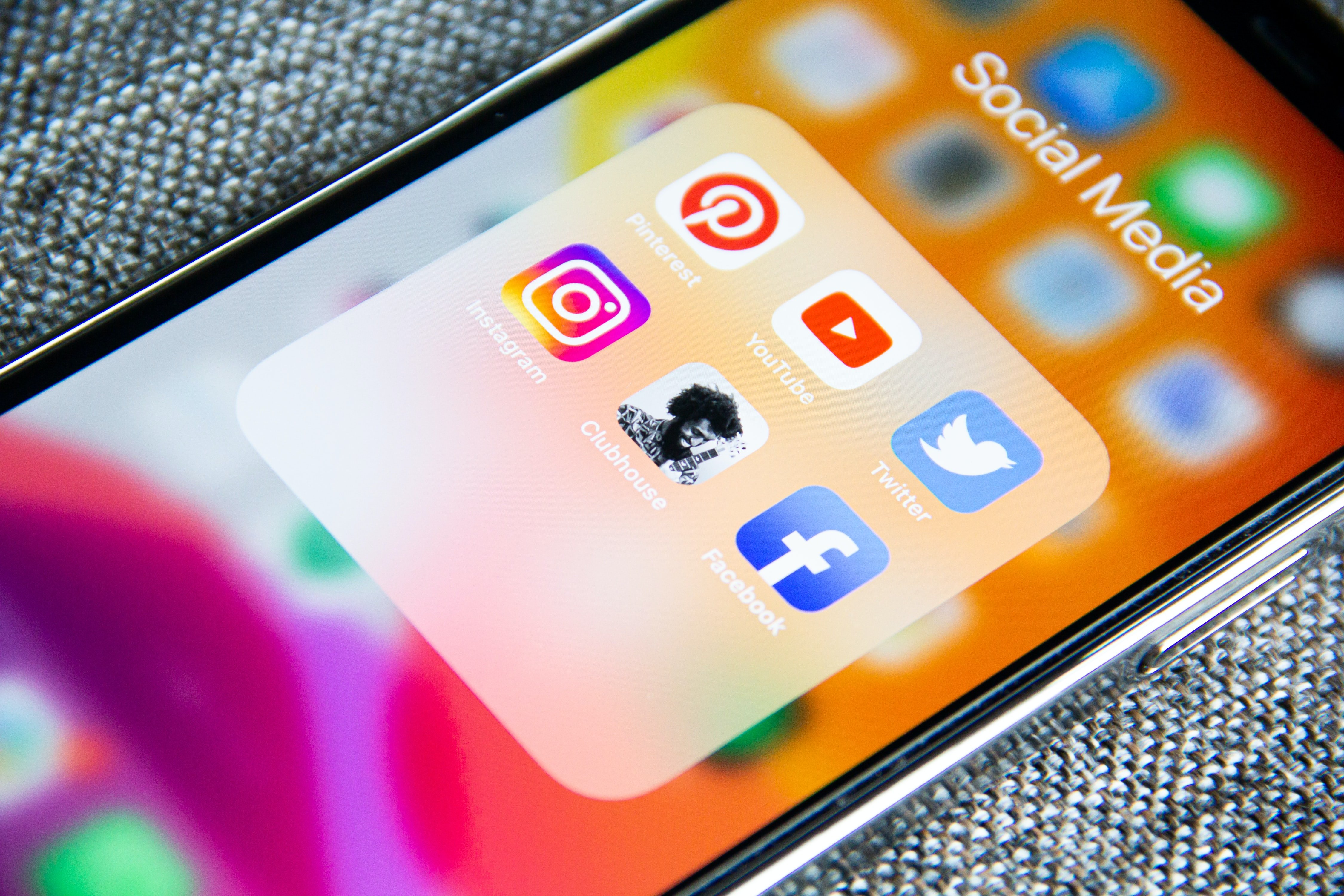RESOURCES
Spotlight on Snap: Why Augmented Reality Is Here to Stay
Augmented reality (AR) may sound like a futuristic technique, however, it’s becoming a core strategy for the most successful marketers. Available on Snapchat and other social media platforms, AR drives a personalized audience connection, capturing attention and conveying emotion beyond the capabilities of video alone. In this blog, we focus on the capabilities of Snapchat, where brands can create their own filters, lenses, and geo-filters to accentuate products and attract prospective buyers.
How augmented reality impacts the customer journey
Customers browsing your site need a reason to follow through with a purchase. AR helps reduce customer hesitation and turn prospects into clients by enhancing the shopping experience for makeup, clothing, furniture, and other retail items. For example, many of our makeup and accessory clients take advantage of the Snapchat Face Lens feature so shoppers can virtually "try on" their cosmetics, jewelry, and headwear.
“We've worked with this team across media and creative to drive commerce, and witnessed first-hand the power of their approach.”
- Maria Contino, Media Director at CHIPOTLE.
Readers of the Code3 blog know we're on the cutting edge of the ever-evolving customer journey. AR is the latest way shoppers can engage with brands, giving your products the opportunity to stand out from the crowd and interact directly with prospective buyers in a brand-new format. Today’s shoppers are always online, constantly bombarded with buying opportunities. Presenting a different type of experience allows you to cut through the cart fatigue that comes from constant ads, marketing emails, tweets, and texts.
Advantages of Augmented Reality for brands
Online shoppers are 40% more likely to consider a purchase from a brand that offers an exclusive AR experience, according to Snapchat's 2021 Global Deloitte Digital Study. The use of the shoppable Snapchat Lens feature increases the likelihood of a purchase by about 240%, according to Snap's internal data. In addition, the Harvard Business Review cited Shopify data indicating a 94% increase in conversion rate when brands promote their products with AR features.
If you sell an innovative or newly trending product, prospective customers tend to spend more time in the consideration phase of the marketing funnel. In this case, a dedicated Snapchat lens can provide the extra information required for a successful conversion.
The social commerce revolution shows no signs of slowing, so time is ripe for brands to develop an AR approach that incorporates popular platforms. In a recent webinar we hosted with Snapchat, the company cited data from eMarketer projecting $36.62 billion in global social commerce sales by the end of 2021, nearly doubling to $79.64 billion by the end of 2025.
Strategies for Snapchat AR Success
As with all marketing initiatives, you need to establish your objectives before you begin using AR. Decide whether you'll harness AR to encourage click-through shopping, explore your collections, or learn something about your products. For example, set a target sales increase for a specific product line or new release based on an AR aspect of your marketing campaign.
While fun branded filters and lenses draw attention to your brand, they won't drive sales without creative attention to commerce. How will you connect the dots between your products and these interactive features? Returning to the cosmetics example above, a makeup brand could roll out a new foundation with Snap tutorials, paired with filters that help shoppers find their perfect shade. Virtual store and closet online shopping experiences work well for almost any type of product. Snapchat simulations are a popular way to try on styles from sneakers to sweaters and beyond.
Our clients also find success when showing off their full product lines with Snapchat Lens. For example, customers are more likely to purchase from a furniture designer when they can select the perfect accent chair upholstery by seeing how each choice looks in their actual living room. These features help protect your bottom line by reducing customer return rates, boosting both satisfaction and product retention as a result.
If you're intrigued about the possibilities of Snapchat Lens and other AR platforms, contact Code3 to explore a potential partnership. In the meantime, access our recent webinar with the Snapchat team for answers to your questions about harnessing AR to revolutionize your brand's customer experience.
Photo Credit: ©minalvirijevic via Canva.com
Get In Touch
SIGN UP FOR OUR WEEKLY NEWSLETTER

News, Views, and Valuable Resources
Delivered to Your Inbox Each Week




